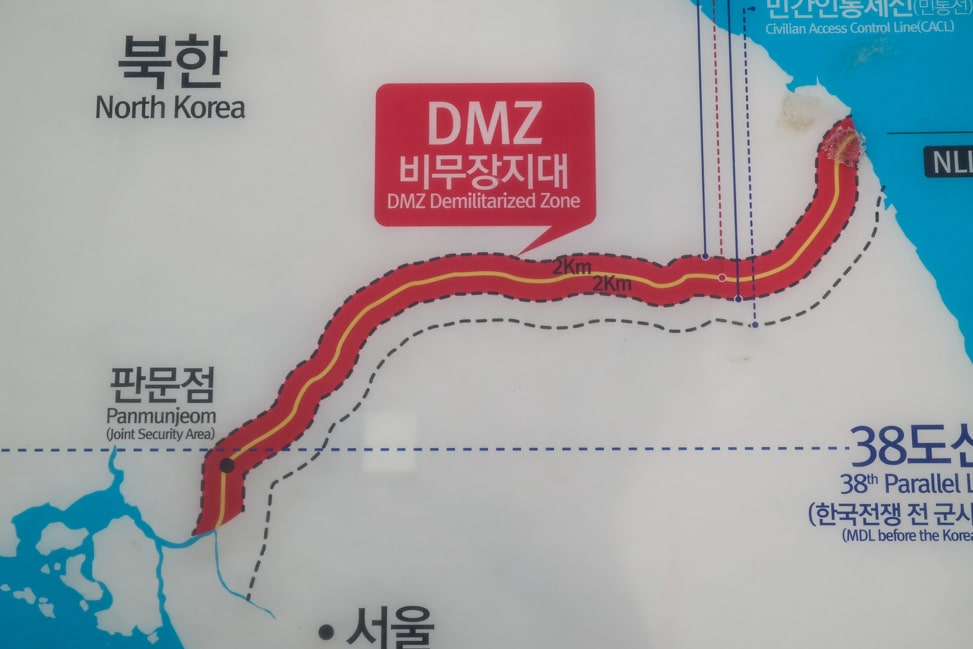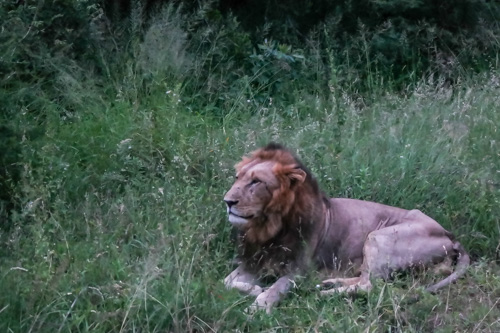Spending the Day on a DMZ Tour
When planning a weekend trip to Seoul, we struggled with how to spend our time. All we had on the books was a food tour around Seoul. There are plenty of attractions around the city to keep any visitor busy for much longer than a weekend, but we couldn’t narrow it down.
There is one special curiosity near Seoul that we decided we shouldn’t pass up…the demilitarized zone (DMZ) which divides North and South Korea.
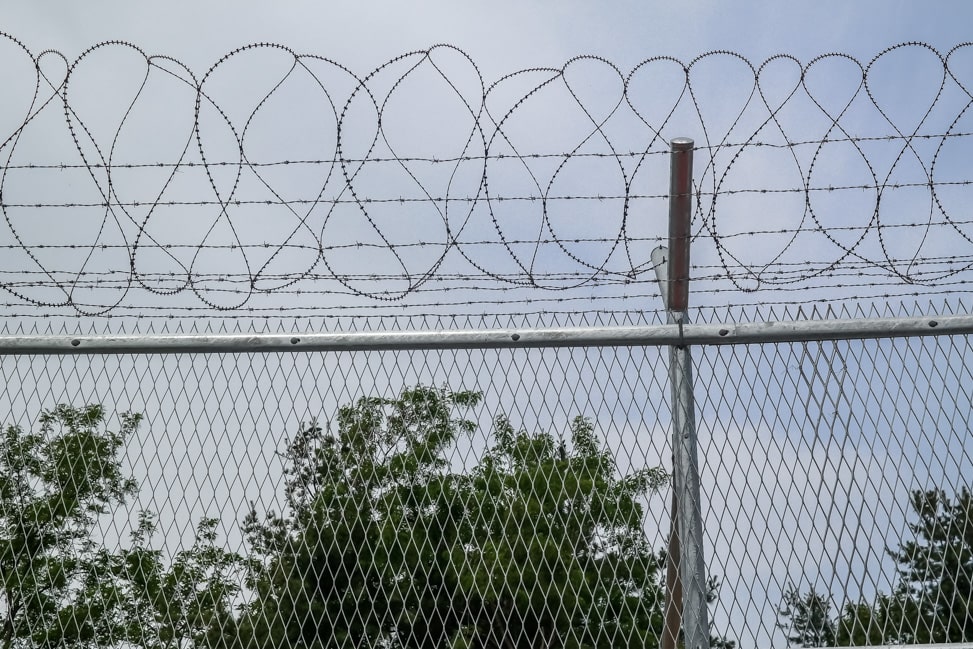
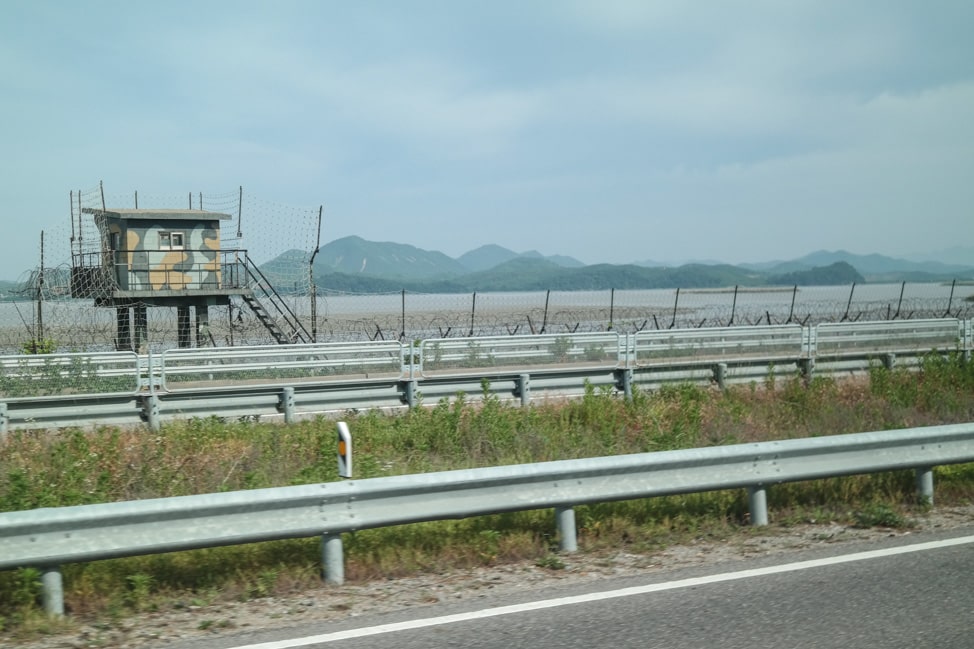
DMZ Tour with VIP Travel
To recap history class very briefly, the DMZ has divided North and South Korea, at roughly the 38th parallel, since the ceasefire of the Korean War in 1953. Officially, the war isn’t over. The DMZ is not a line, but rather a buffer zone of around 2.5 miles wide (half on each side). This special zone spans from coast to coast, over 150 miles, across the peninsula.
The half-day morning tour with VIP Travel began around 8am with a pre-arranged pickup location near our hotel. Sue, our friendly, outgoing guide for the day directed us onto the tour bus. The bus pulled away a few minutes early, and we began the hour drive to the northern reaches of South Korea and the infamous DMZ.
A few notes about DMZ tours that are good to know:
- No private cars are allowed in the DMZ, only tour buses or shuttle buses. So, if you book a small group tour or private tour, it’s likely you will join up with others on a larger bus holding more than 40 people. Our group was roughly 40, and we didn’t see any exceptions to that tour size all day.
- Half day tours do not include a visit to the JSA, which is the famous conference room operated by the UN. You must join a full day tour to allow enough time for all of the destinations.
- Make sure to bring your passport. The tour bus has to pass through a security checkpoint at the edge of the DMZ, and all passports are inspected.
- The JSA (the conference room) does not allow visitors under the age of 11, Koreans are not permitted to visit, and is not open on Sunday, Monday, or Public Holidays. The site also has a dress code, which you can see here at the bottom of the page.
- Some tour operators make additional stops for shopping along the route, which is unnecessary since most stops have a small souvenir store. Thankfully, VIP Travel has a “no shopping” policy.
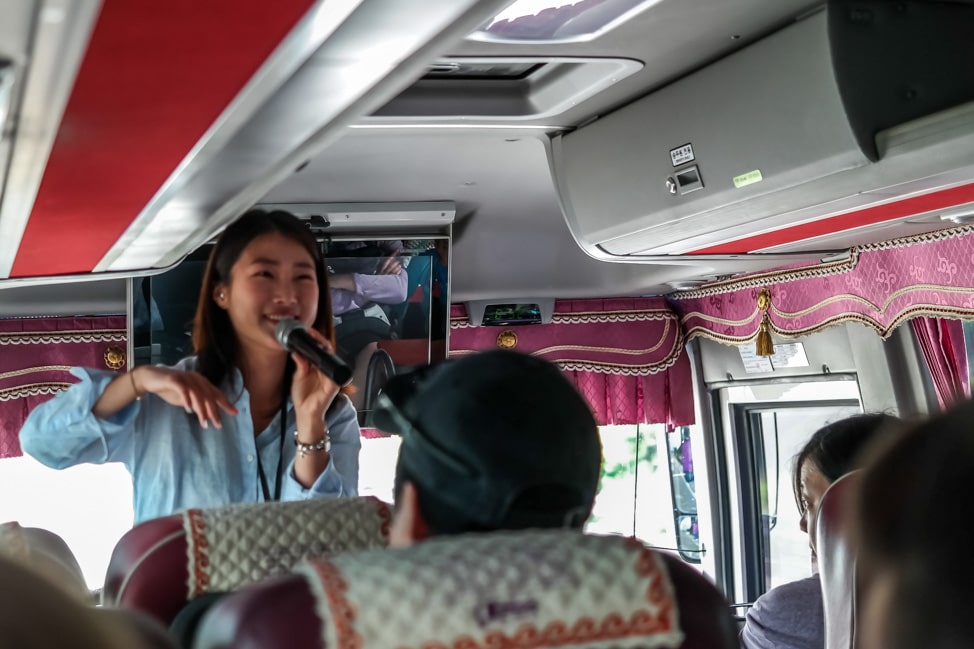
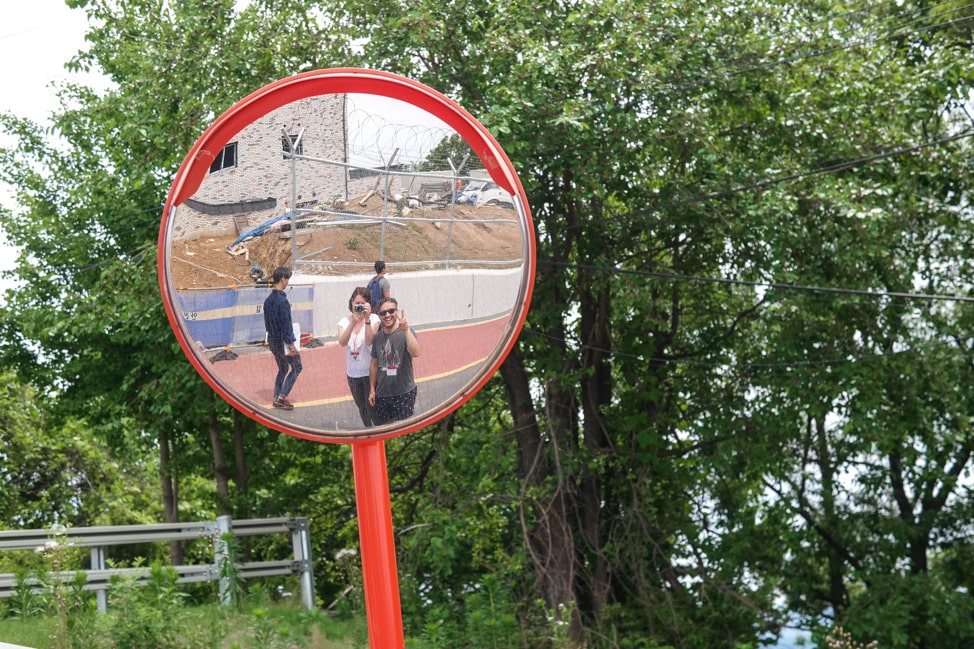
The first stop on our half-day DMZ tour was Imjingak, a park built for the refugees who left North Korea after the end of the conflict. Here, you can see a train from the Korean War that was destroyed by the Americans and stuck in the DMZ for almost fifty years before it was transported to this location. Beyond the train is a shrine for South Koreans to remember loved ones lost in the conflict or family members still in North Korea.
Imjingak is situated on the outskirts of the DMZ, just before the checkpoint. Since South Koreans are not allowed to enter the DMZ, for many this is the closest they can get to North Korea.
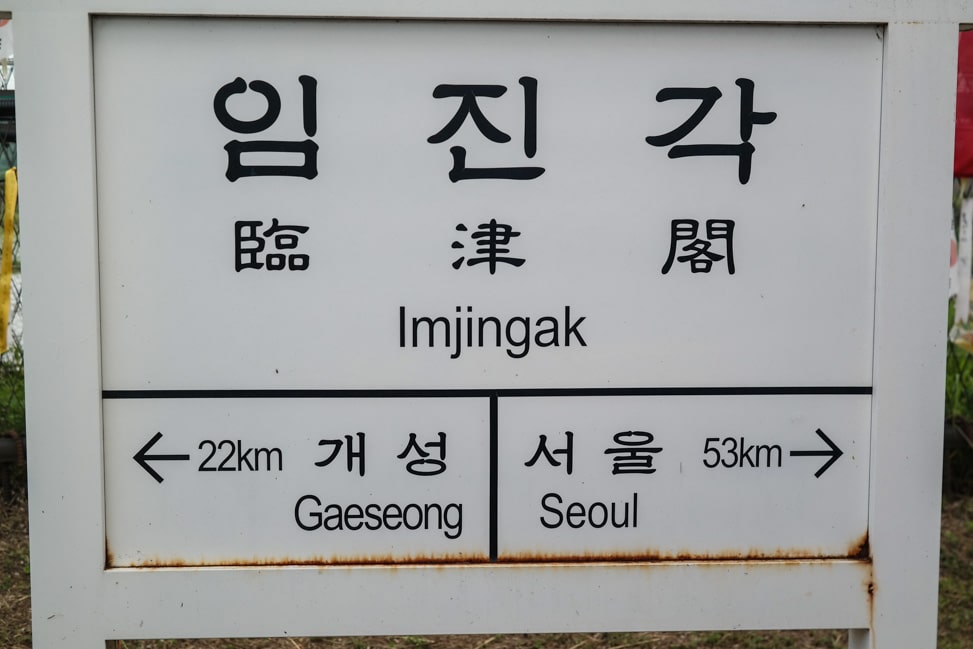
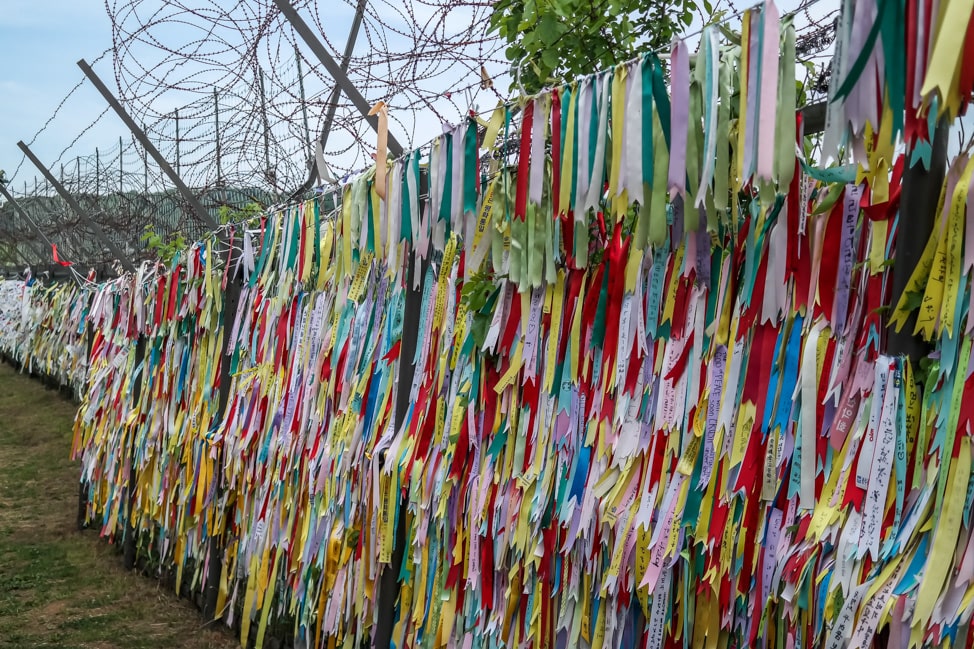
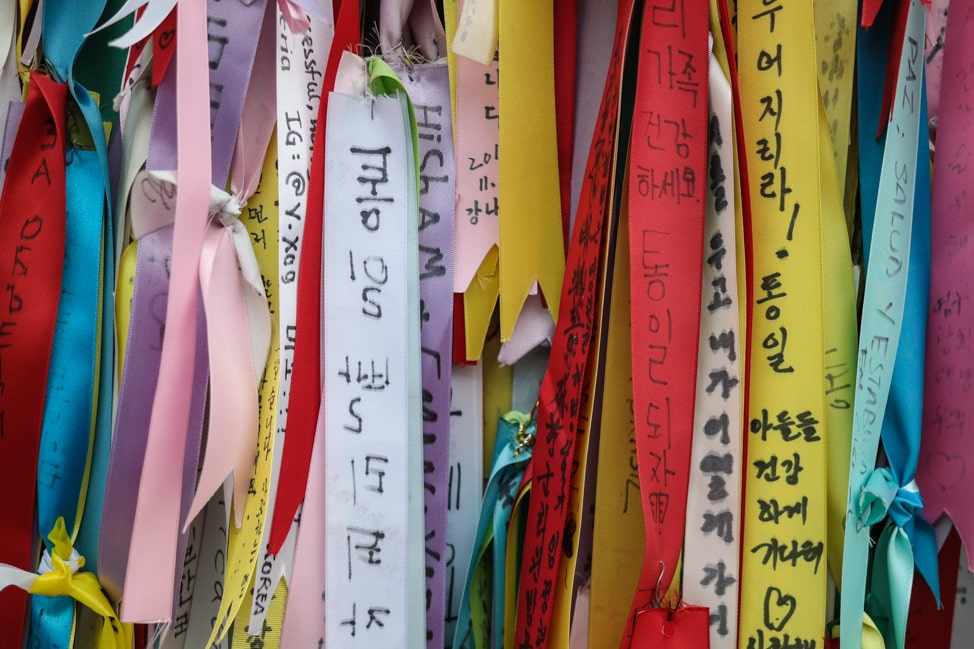
As we passed through the security checkpoint and entered the DMZ, Sue informed us that even though South Koreans are not allowed to enter the area, there is a small village inside the DMZ. It existed prior the war, and simply got caught in the middle of the ceasefire negotiations. To this day, a few hundred people, mostly farmers, still live in this small village. To ensure that the town does not fade away, South Korea has made a deal with the locals, allowing them to live tax free on the land indefinitely.
We pulled into our second stop for the morning, the 3rd Tunnel, and disembarked outside the main building. The 3rd Tunnel was built by the North Koreans as a potential point of invasion, allowing the free movement of a full division of North Korean troops into South Korea in less than an hour. It was discovered in 1978 by South Korea after a North Korean engineer who helped build the tunnels escaped and defected to South Korea.
Visitors can now experience a short segment of the tunnel, and it’s a tight squeeze, about 2 meters by 2 meters. The tunnel is accessed via a long, steep ramp, which is a tough workout but a nice break from all the sitting we did on the bus.
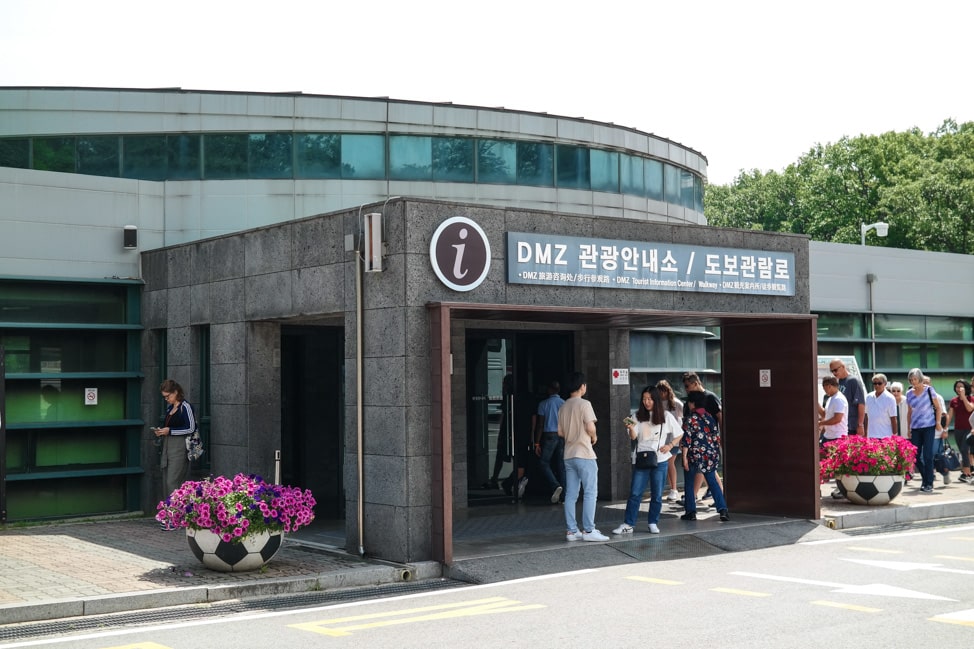
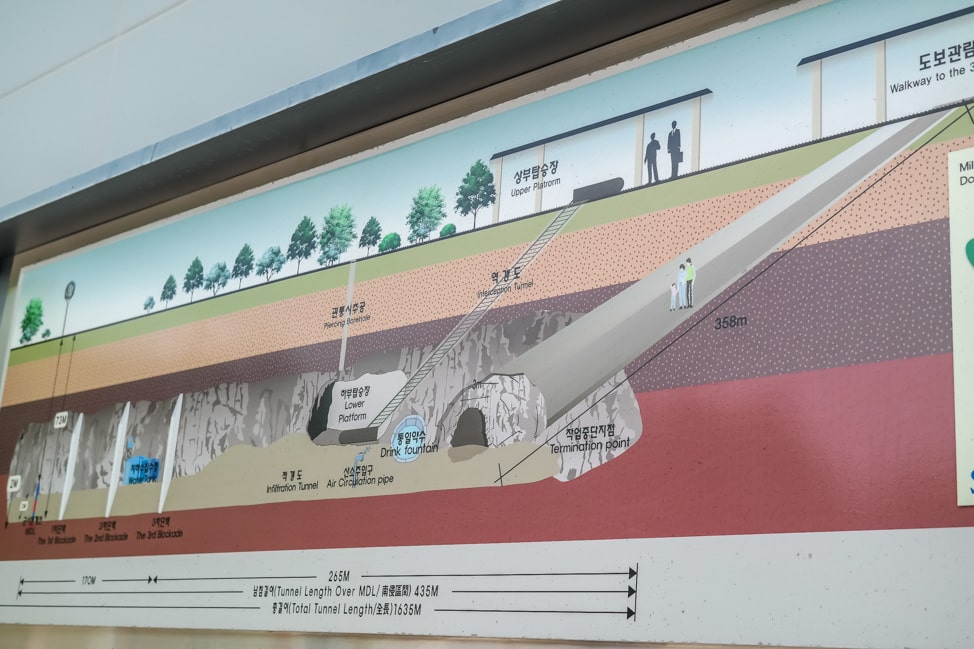
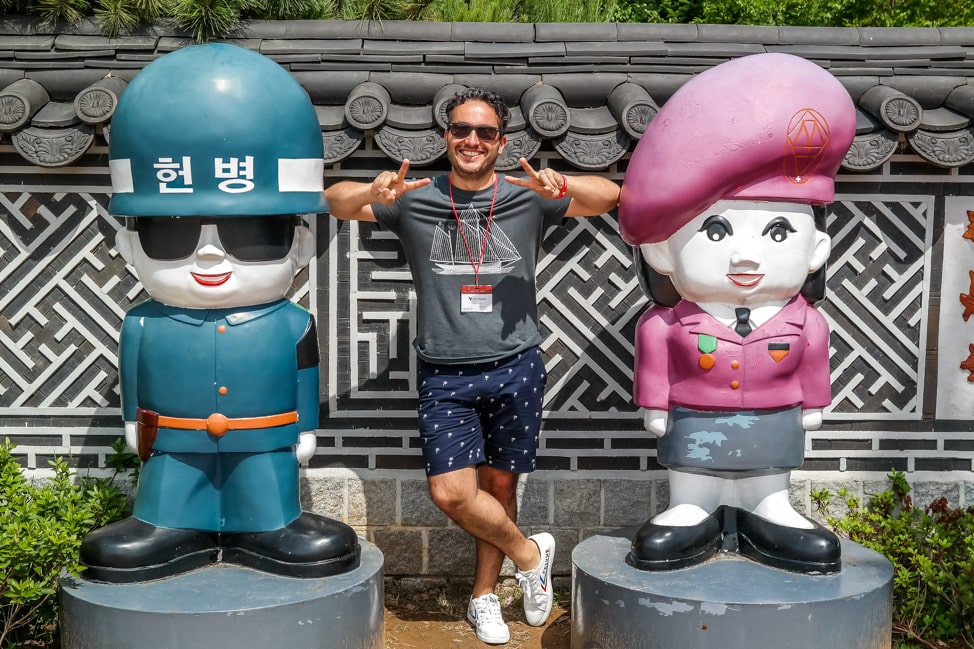
Next we visited the Dora Observatory, the closest point to the North Korean border. Thanks to its elevated viewpoint, you can see across the entire DMZ and into North Korea. The border is marked by the tree line: where the trees end, North Korea begins.
Using the handy binoculars, you can see the Kaesong Industrial Region in the distance, a joint effort by North and South Korea to build a industrial complex staffed by workers from both countries, but situated about 10km north of the DMZ, fully within North Korea.
After tensions escalated in 2013 and 2016, the venture was closed, but you can see the high-rise apartment buildings and factories that used to be filled with over 50,000 North Korean workers and 800 South Korean employees.
Today, it sits abandoned and empty.
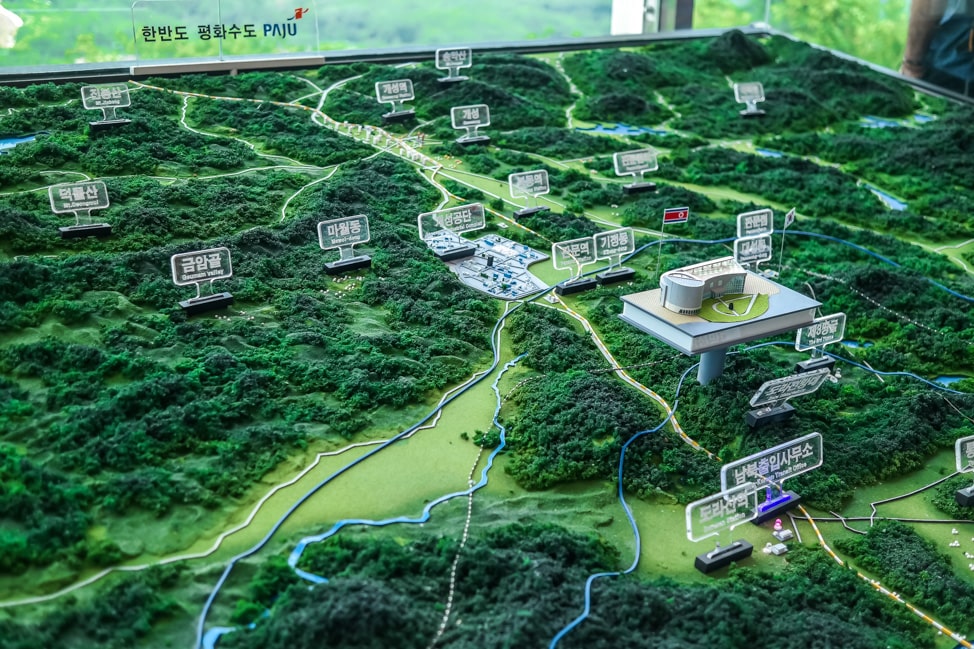
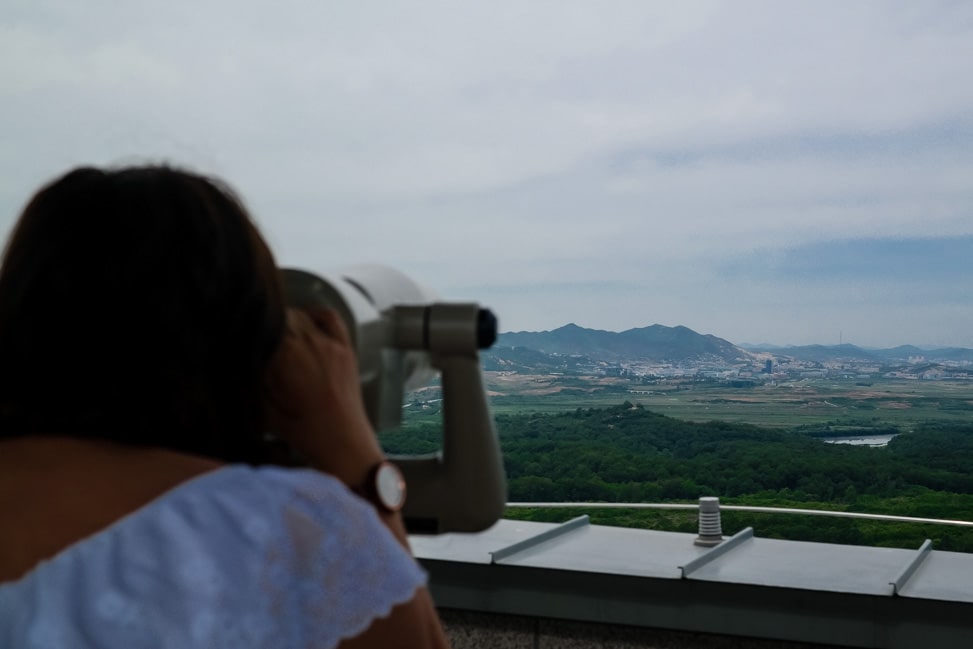
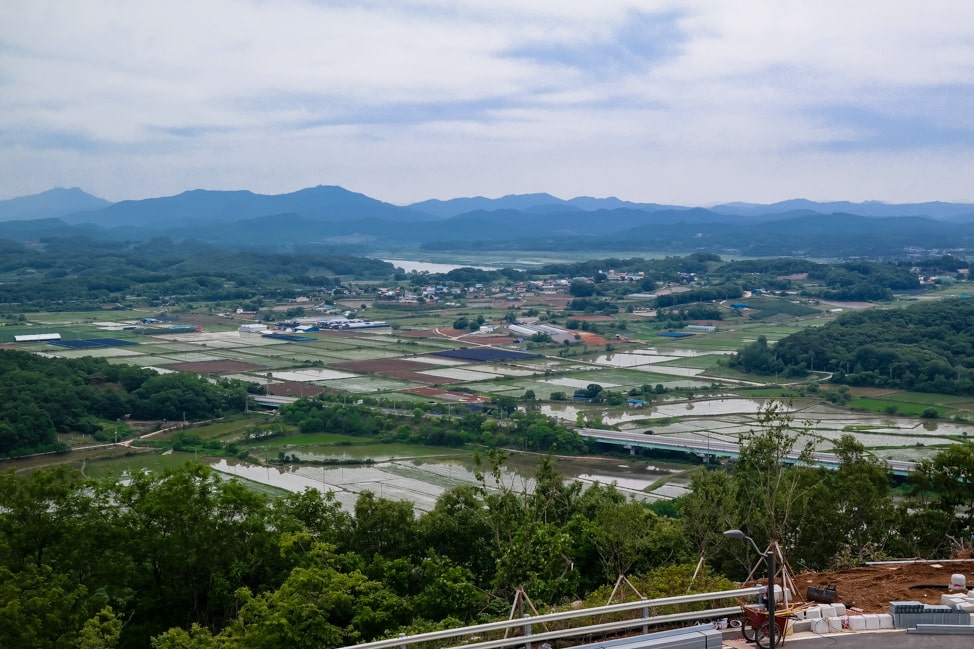
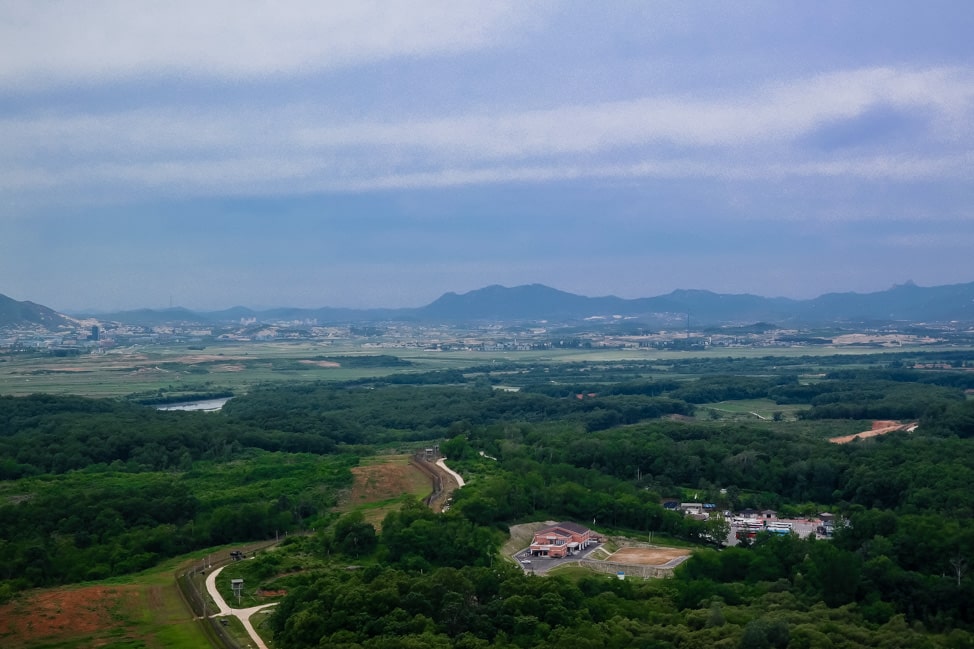
At Dora Observatory, Sue talked about the various propaganda that both sides use along the border. Around the JSA, North Korean loudspeakers blare patriotic North Korean songs. In retaliation, South Korea broadcasts K-pop songs (if you don’t know about K-pop, check out this article about chart toppers BTS). Outside of the Dora Observatory, a large cross was erected that can be seen from North Korea, a symbol for the religious freedom that South Koreans enjoy and the North does not.
Thankfully, in a move towards peace, both sides have begun dismantling their propaganda, and even the cross will be removed soon.
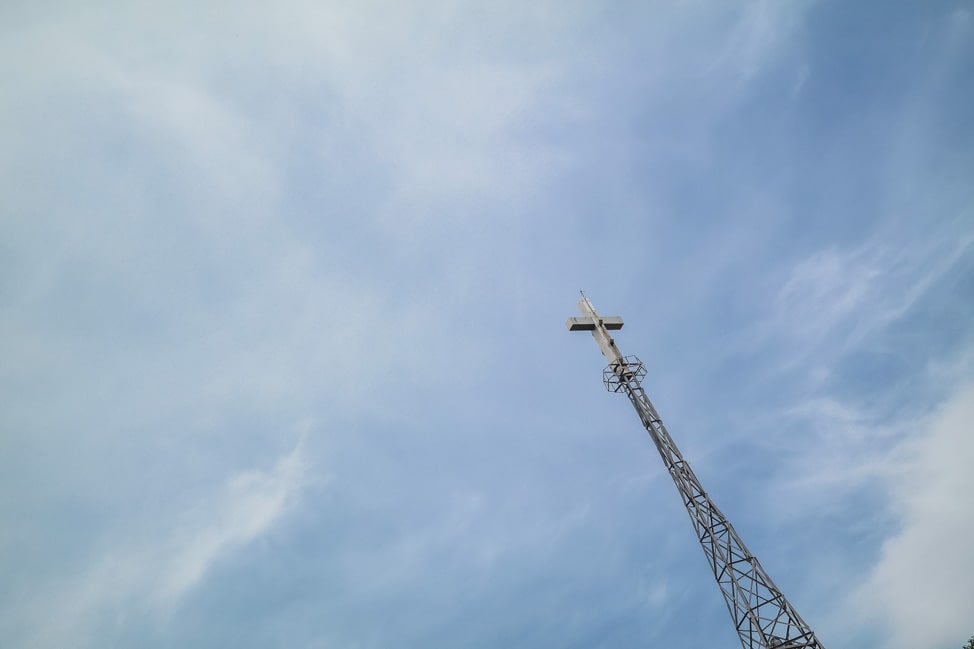
The last stop before heading back to Seoul was Dorasan Station. This is the northernmost train station in South Korea, and was used to transport goods and employees when the Kaesong Industrial Region was operating.
The hope is that one day this station will serve as the gateway between two free countries and an access point to people traveling from Russia or China. Our guide, Sue, told us that her dream is to someday take a train from South Korea all the way to Portugal without stopping.
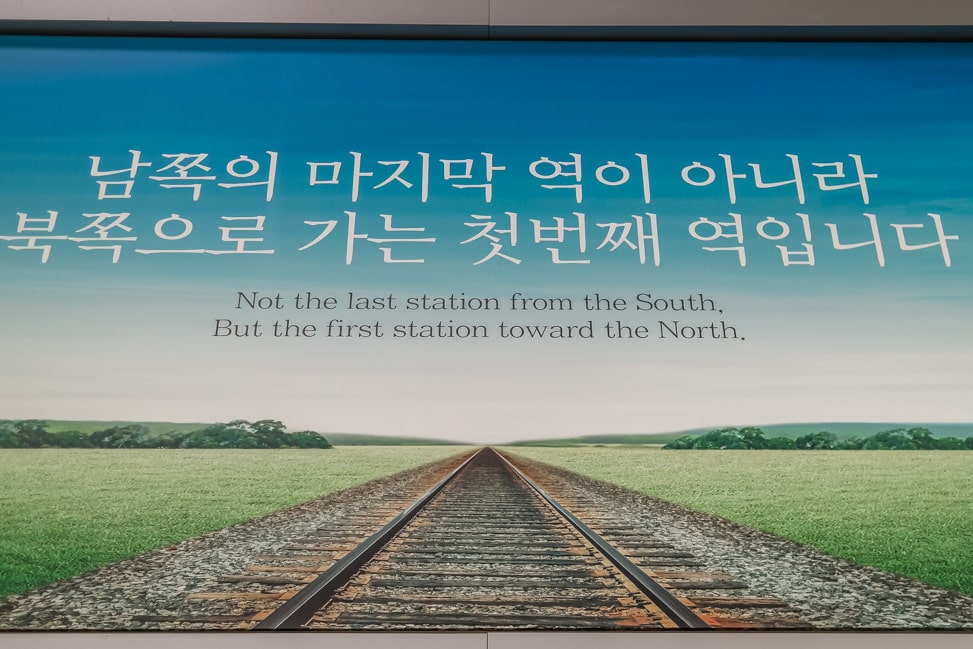
Our tour with VIP Tours was a great introduction to the DMZ. We are usually not ones for bus tours, but Sue was a fantastic and friendly guide, and provided a ton of background history around the Korean War and the DMZ. She kept us on a tight schedule, so in spite of the number of stops and the hassles that can come with traveling with a large group, we pulled into our drop off spot back in Seoul right on time. Well done, Sue!
Thank you to VIP Travel, who provided our half-day DMZ tour free of charge. As always, the opinions in this post are our own.

